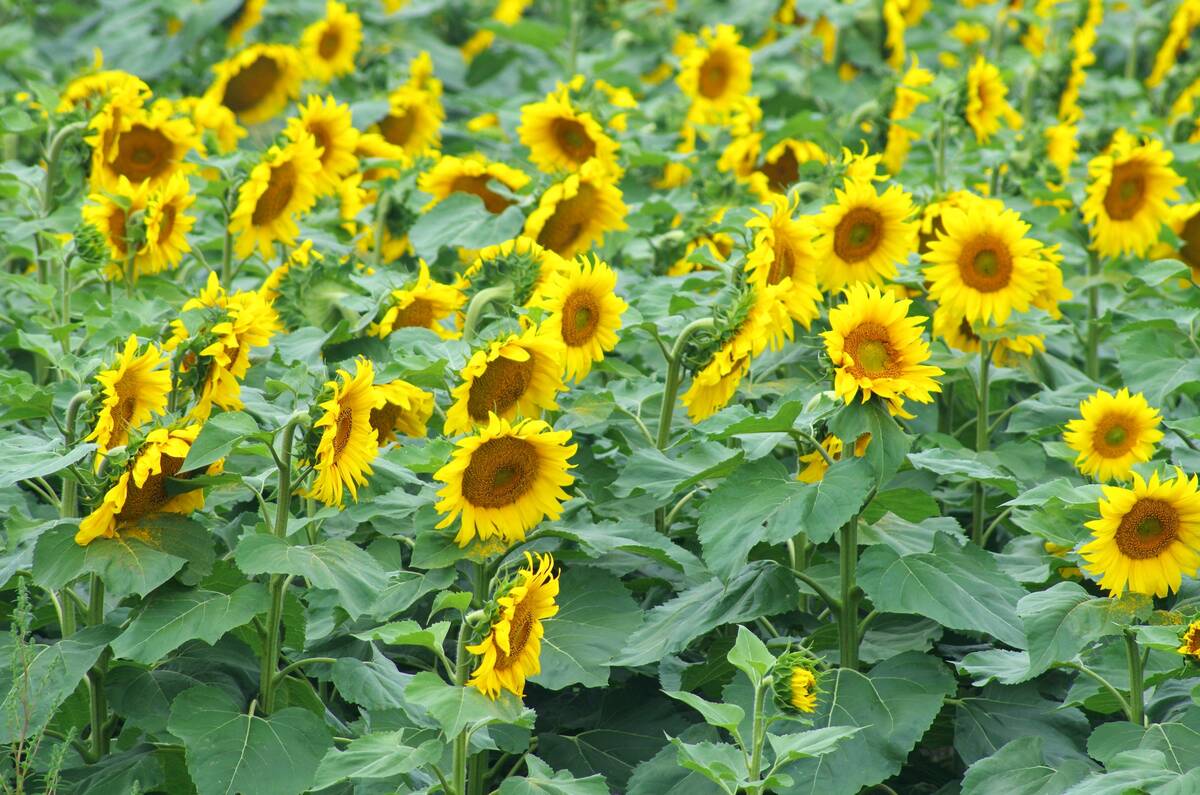WASHINGTON, D.C. – They might be shining a big bullseye on the Canadian Wheat Board, but some American agriculture officials say their real aim is China when they target state trading enterprises in the next round of world trade talks.
China is working to get United States support for its admission to the World Trade Organization.
And the U.S. wants the Asian giant within the WTO so that its sometimes wild trade practices can be disciplined.
Robert Riemenschneider, director of grain and feed division of the United States Department of Agriculture foreign agricultural service, said the possibility of China becoming a wheat exporter is real.
Read Also

Bird repellent gets emergency approval for sunflowers
Bird repellent gets emergency approval for sunflowers
“We are already taking it on the chin in corn,” he said. “They could wreak havoc with all of us.”
China could boost the price of its domestic wheat sales by a few pennies a bushel and raise enough to strongly subsidize the sale of millions of tonnes of wheat to its nearby Asian trading partners, said Frank Gomme, a USDA grain trade and policy analyst.
This projection of Chinese wheat exports is surprising in light of the assessment held during most of the 1990s that China would have to greatly increase its wheat imports to satisfy the hunger of its growing and increasingly affluent population.
Just last year, USDA estimated China’s wheat imports would grow from two million tonnes in 1997 to 11.2 million in 2007.
This year, the import forecast was scaled back to only 5.1 million tonnes by 2007.
There are two reasons for the change. The Asian financial meltdown slowed China’s growth and wheat consumption. And there was a revision upward in the number of acres believed to be in production. This lowered the estimated yield per acre, leaving more room to grow.
With its own needs scaled back and the potential for production to grow faster than demand, the potential for exports arises.
But this spin on the state trading entity issue is not the one presented by U.S. agriculture secretary Dan Glickman. And agriculture officials at the Canadian Embassy in Washington have not been formally presented with the argument.
Officially the line is that through its monopoly, the CWB distorts the market and that shouldn’t be allowed.
Riemenschneider and Gomme were notably reserved in their assessments of whether the board actually distorts the market. The key for them is the ability to distort the market.
Because the board pays only an initial price when drawing grain, it has the ability to drop the selling price to “buy” its way into certain desirable markets, they said.
It is worthwhile to do such price-based market development because if the board wins customers this way and they want to buy from Canada again, they have to come back to the board.
“If the CWB wants to go after a market, there is no way to compete against them,” Gomme said.
He and Riemenschneider believe pressure on the board to sell all of Canadian farmers’ wheat in a single year also distorts the market.
The price might dictate that sellers sit on stores to drive up prices, but there have been times when the board has sold to keep exports moving, they suggested.
While it might seem that the trade relationship between Canada and the U.S. is a preoccupation for some high profile American politicians, in the quiet halls of USDA, it is clear the greater concerns are the European Union’s trade policies.
The last round of world trade talks dealt with easily identifiable and measurable tariffs and quotas. The next round will focus on more subjective and intangible health and sanitary restrictions.
This is why the Americans have taken such a strong stand on Europe’s refusal to import hormone-treated beef.
















